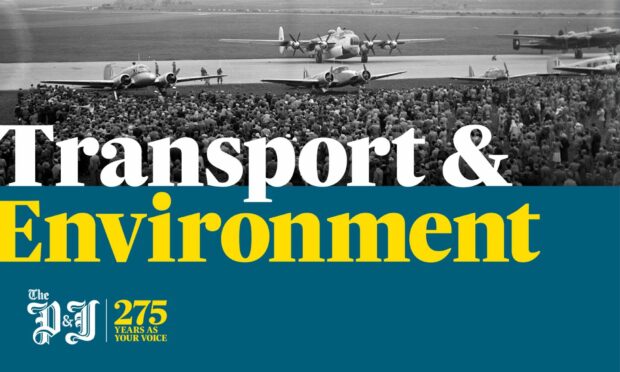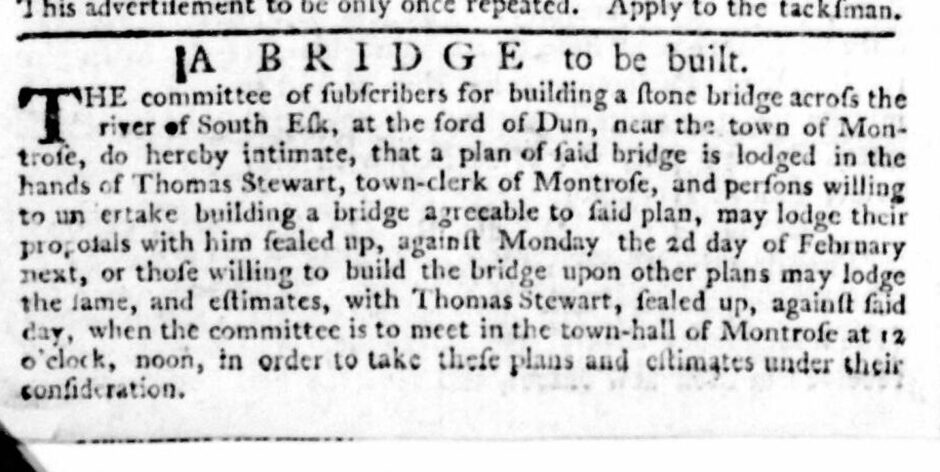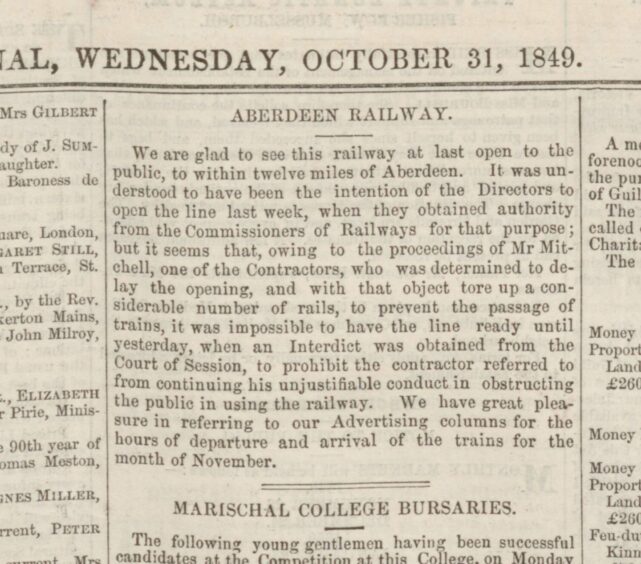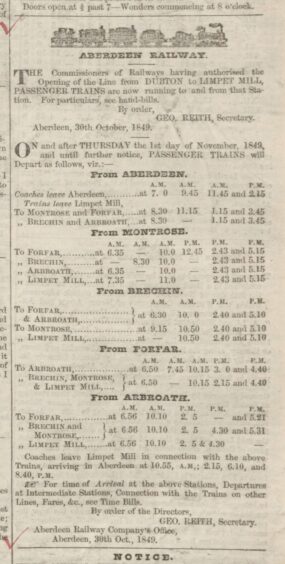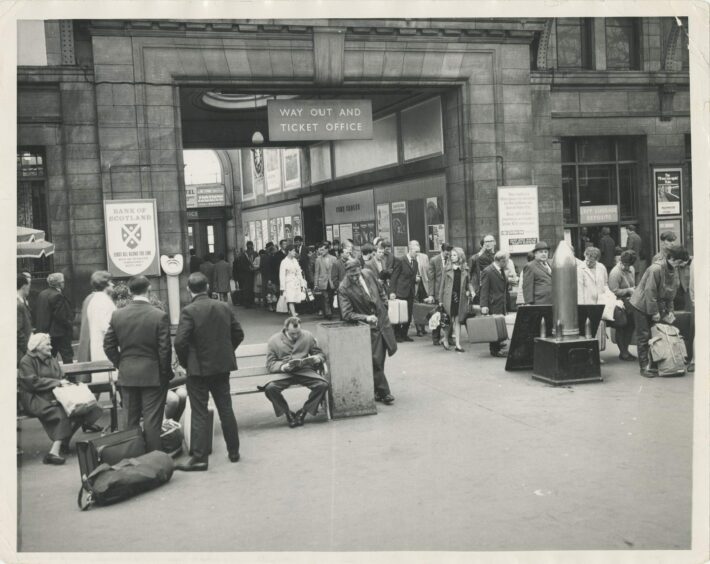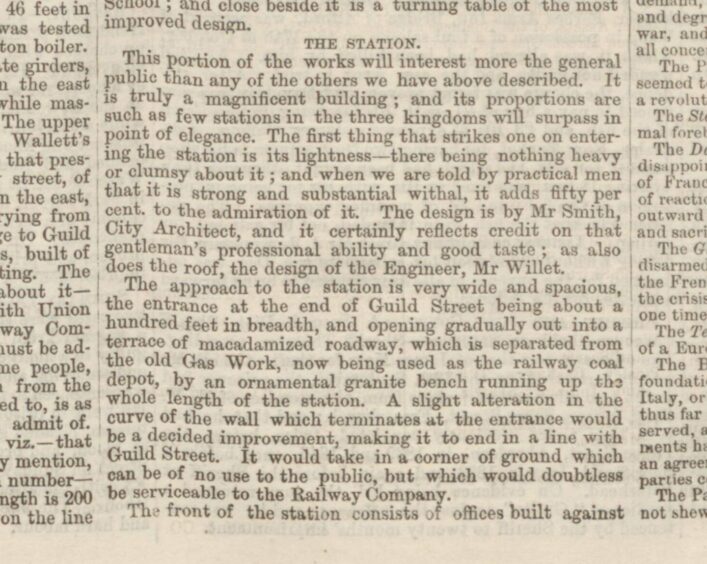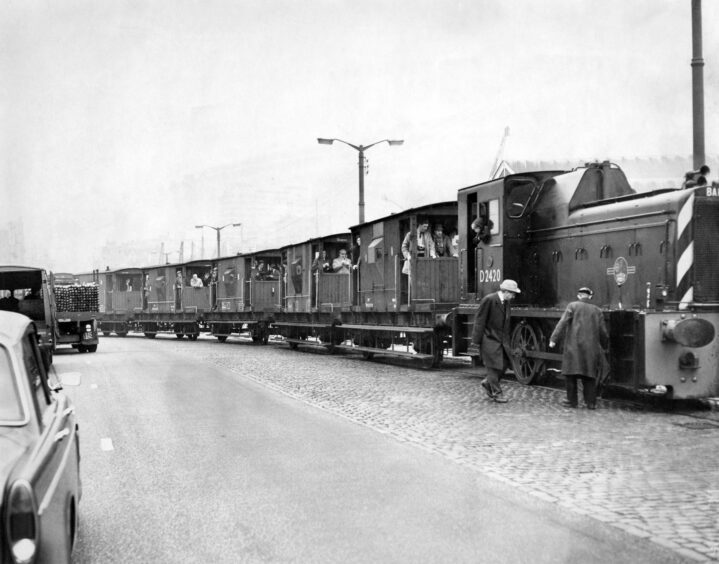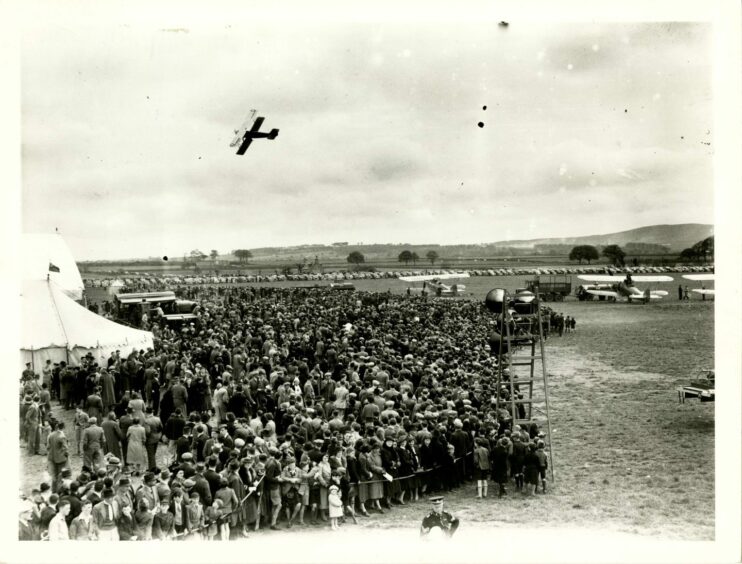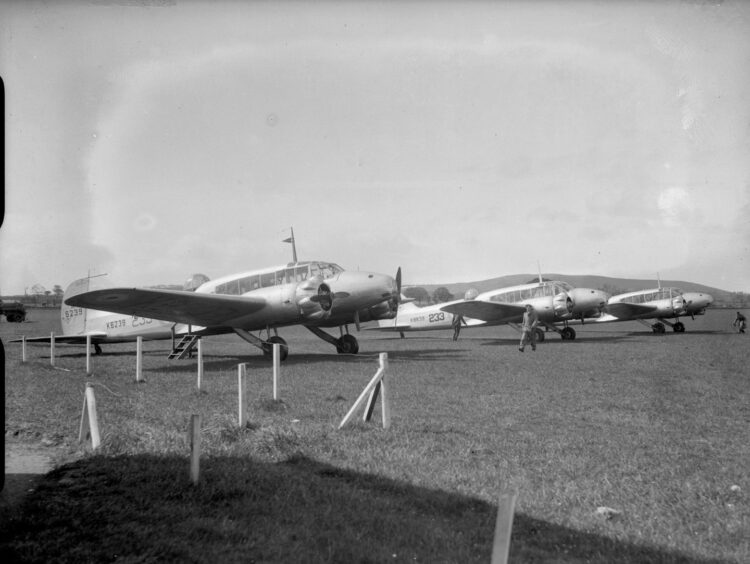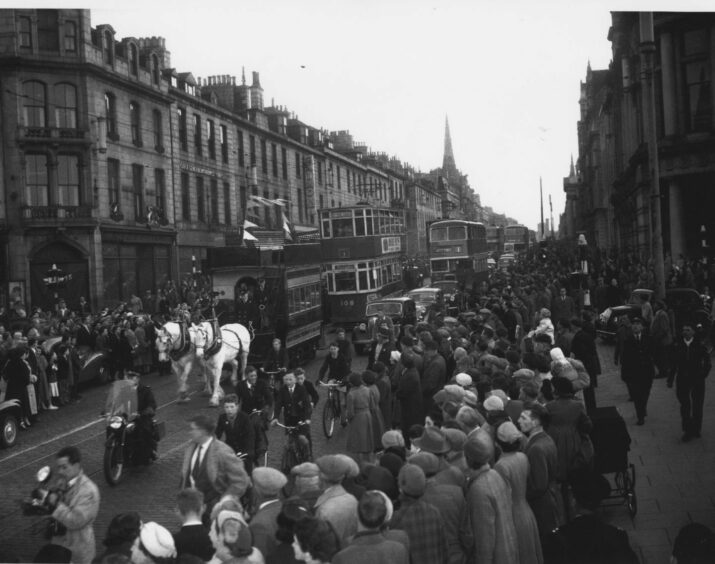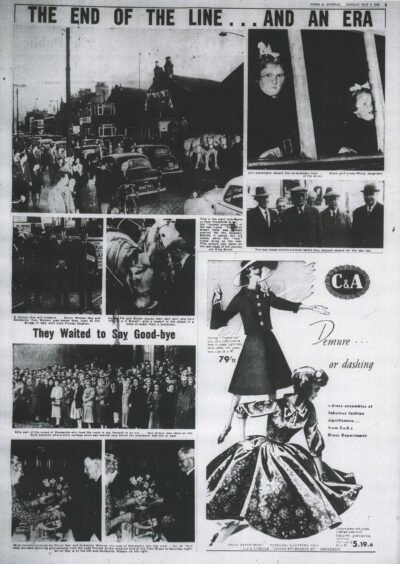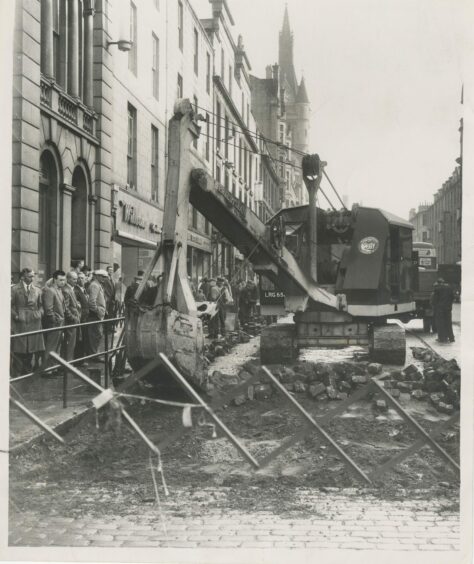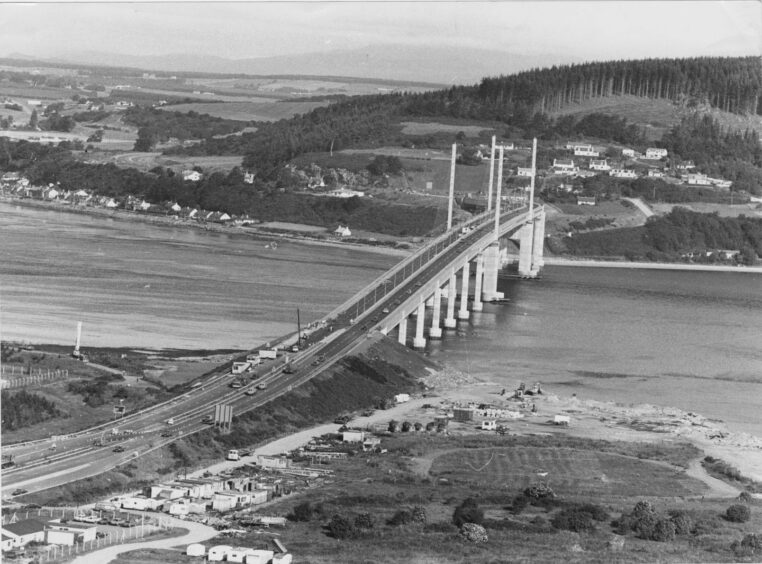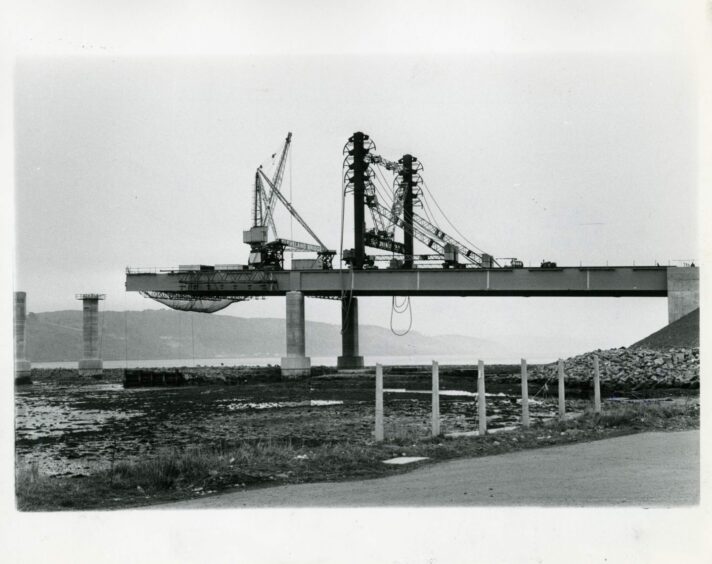From the forging of new rail links across Scotland and Aberdeen embracing aviation, to the evolution of electric vehicles and initiatives to combat a warming planet, The Press and Journal has been there to keep our readers up to date with the latest news on transportation innovations and environmental issues.
Each month, as we celebrate our 275th anniversary, we are bringing you a timeline of articles showcasing how The P&J has told the stories of the north and north-east for more than two centuries.
This month, we take a look at our coverage of events that improved transportation links such as the opening of Dyce Airport and the construction of the Kessock Bridge in the Highlands, and also at the end of an era when the last tram trundled down Aberdeen’s Union Street.
Additionally, we touch on environmental news that saw our own journalists hit the road in an electric van, and the devastating impact of Storm Arwen.
1783: The costly construction of the Bridge of Dun
In 1783, under the editorship of James Chalmers, The Aberdeen Journal published a short article about the construction of the Bridge of Dun, near Montrose.
At the time, the construction of this bridge was costly, time consuming and wasn’t achieved without campaigning.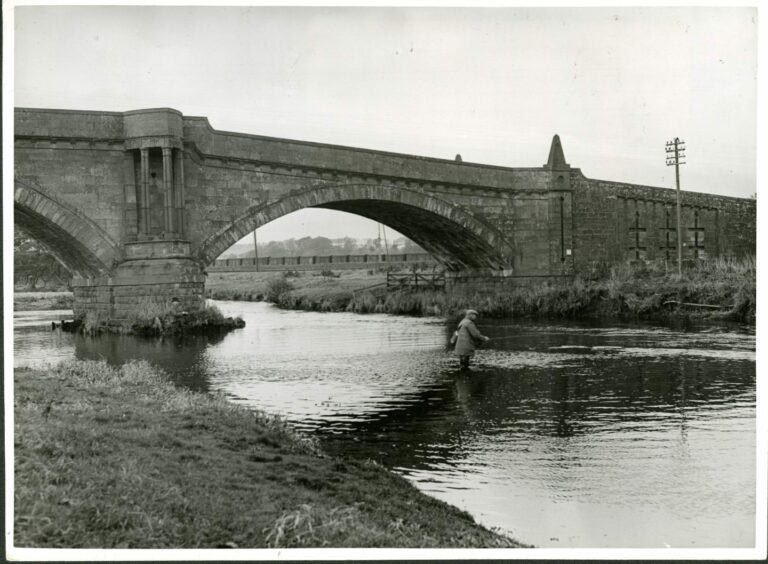
The Bridge of Dun in 1948.The article stated the bridge was to be built across the South Esk as there was a real need for the crossing.
The bridge design had been agreed and The Aberdeen Journal wrote that any builders or others who wished to submit alternative plans had until February 2 1784 to do so.
Not only is the Bridge of Dun still standing today, it continues to carry traffic over the South Esk.
1849: The opening of Aberdeen Railway
The Aberdeen Journal proudly announced the opening of Aberdeen Railway on October 31 1849.
Initially, the line went only 12 miles out of the city to Limpett Mill in Kincardineshire, south of Aberdeen.
Although a boost for Aberdeen, the opening of the railway didn’t pass without controversy.
The opening was delayed by one of the contractors, as reported by The Aberdeen Journal.
The article on page four of the paper stated that Mr Mitchell, one of the contractors, tore up rails to prevent the passage of trains.
An order from the Court of Session was required to resolve the issue.
On the day this article printed, The Aberdeen Journal also carried a timetable for the line which connected Aberdeen to Arbroath and Forfar.
1867: Aberdeen Railway Station – “a truly magnificent building”
Following the opening of Aberdeen Railway, rail links in the north-east continued to grow.
On November 6 1867, an article was published to mark the opening of the Denburn Valley line.
The design of the station came in for praise in the report: “It is a truly magnificent building; and its proportions are such as few stations in the three kingdoms will surpass in point of elegance.”
The 1867 report added: “The approach to the station is very wide and spacious, the entrance at the end of Guild Street being about a hundred feet in breadth, and opening gradually out into a terrace of macadamized roadway, which is separated from the old Gas Work, now being used as the railway coal depot, by an ornamental granite bench running up the whole length of the station.”
The design was credited to ‘City Architect’ Mr Smith.
1934: Aberdeen embraces air travel with the opening of Dyce Airport
Aberdeen’s Dyce Airport was officially opened on July 28 1934 – despite thundery weather preventing some planes from reaching the base.
The new airport – which covered 130 acres – became the largest airport in Scotland at the time.
At the opening of the airport, an RAF squadron flew in formation above the crowds. Viscount Arbuthnott commented ‘that the people of Aberdeen and district would have the opportunity of adapting themselves to the new method of transport, which they all knew would become more popular as the years went on.
1958: A fond farewell to Aberdeen’s trams
One tram, drawn by two horses, joined a procession at Holburn Junction, and more than 60,000 people lined the streets to ‘pay their respects’.
The last tram was driven by William Hay with conductor Tom Watson – both aged 64 – with 39 and 44 years of service respectively. They were presented with watches to mark the occasion.
In total, 20 buses were to replace the trams. Work to lift the tracks began just days after the last tram’s final journey.
1982: A new era a Highland Kessock Bridge
The Press and Journal covered the opening of a major piece of Highland infrastructure in 1982.
On July 20, the paper reported that Kessock Bridge had opened to the public after the north had waited so long for such a vital link.
Hailed as “a new Highland era”, the bridge between Inverness and the Black Isle cost about £26 million to construct.
2021: The P&J goes electric on Scotland’s roads
In 1903, The Press and Journal wrote about the future of cars and the impact they’d have on our lives.
Fast forward to 2021, and writers from The P&J filmed a mini-documentary as they drove across the north and north-east in an electric van.
The short film reported on local climate issues, featured interviews with readers and coincided with the 26th UN Climate Change Conference of the Parties (COP26) in Glasgow.
2022: Looking back one year after Storm Arwen left a trail of devastation across the north and north-east
Storm Arwen wreaked havoc across the north and north-east two years ago.
In the days leading up to the storm, yellow and amber warnings were issued by the Met Office.
By the morning of November 26, the warnings had been set to red – the highest level – indicating possible danger to life.
The storm caused the death of a man, blew down thousands of trees and left more than 100,000 households across Scotland without power.
On the first anniversary of the storm, The P&J told the story of what happened that late November through images, video, social media footage and never-before-heard witness accounts.
